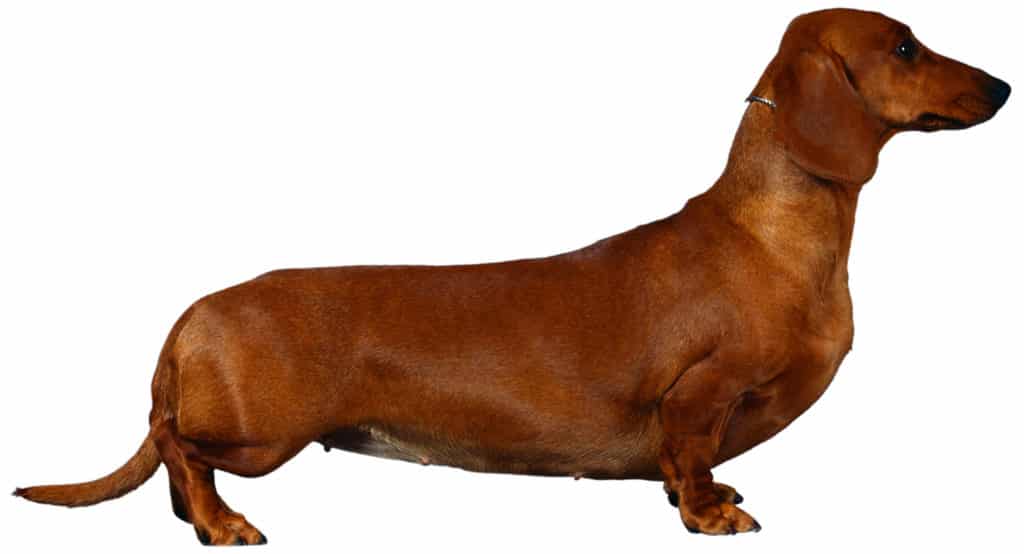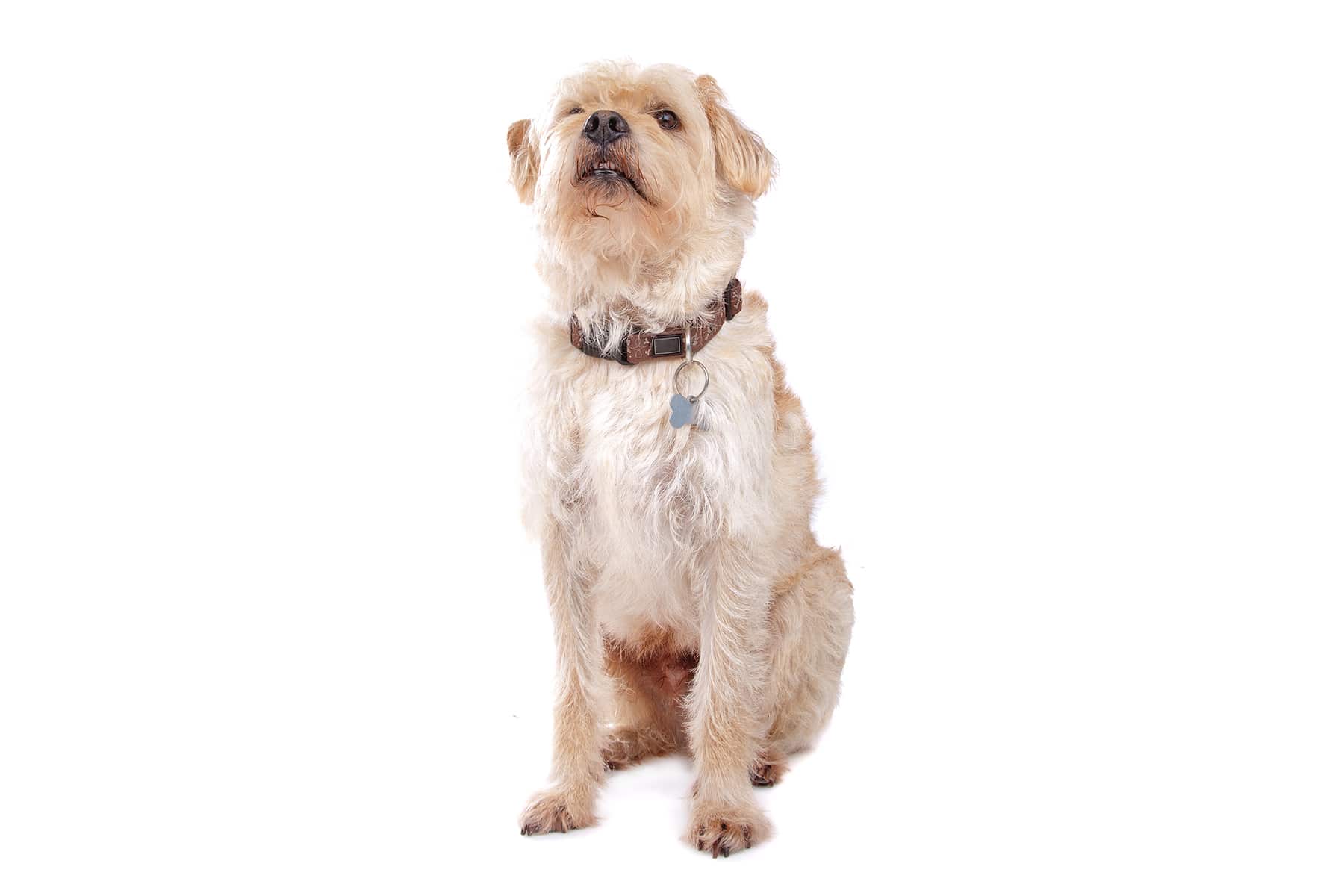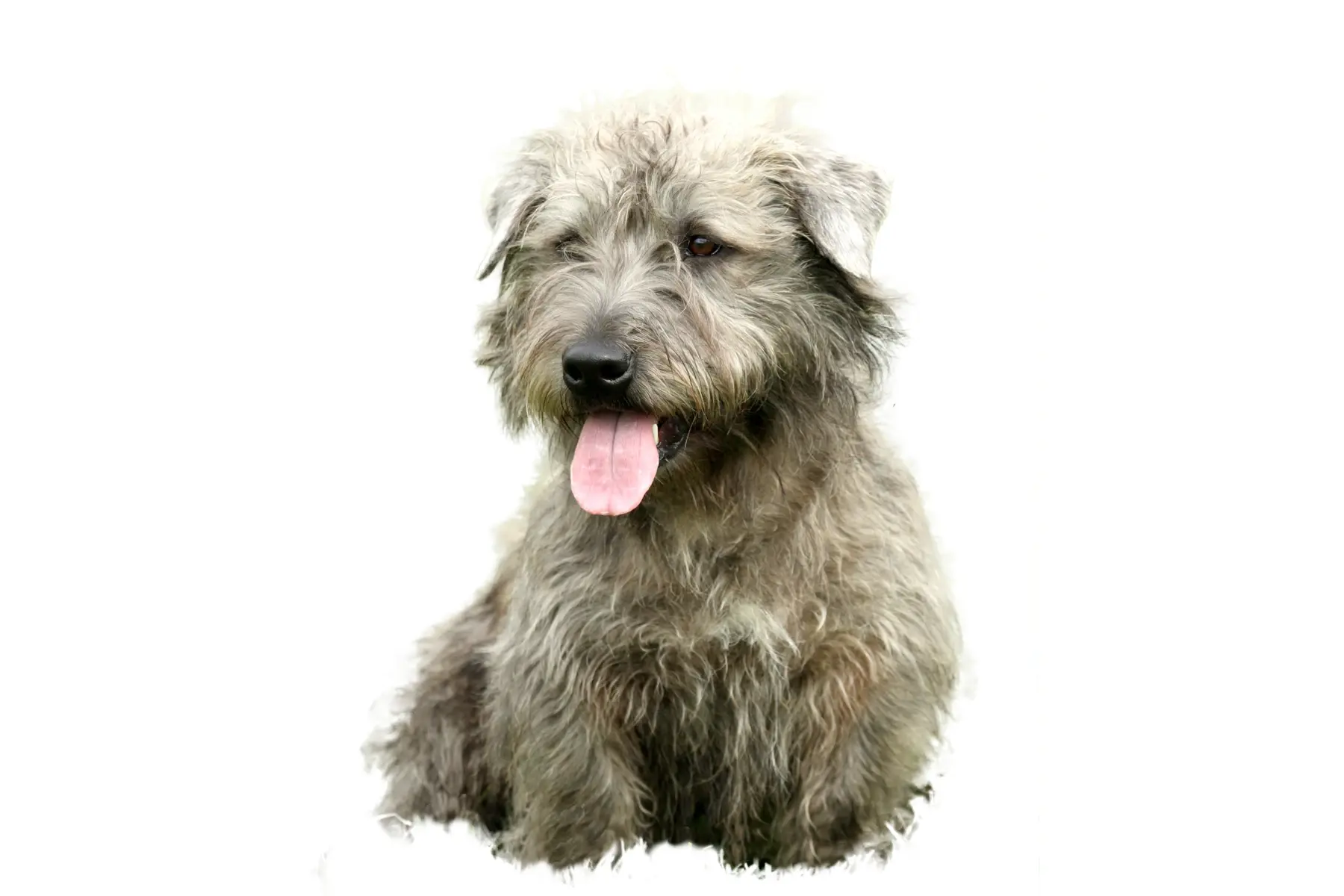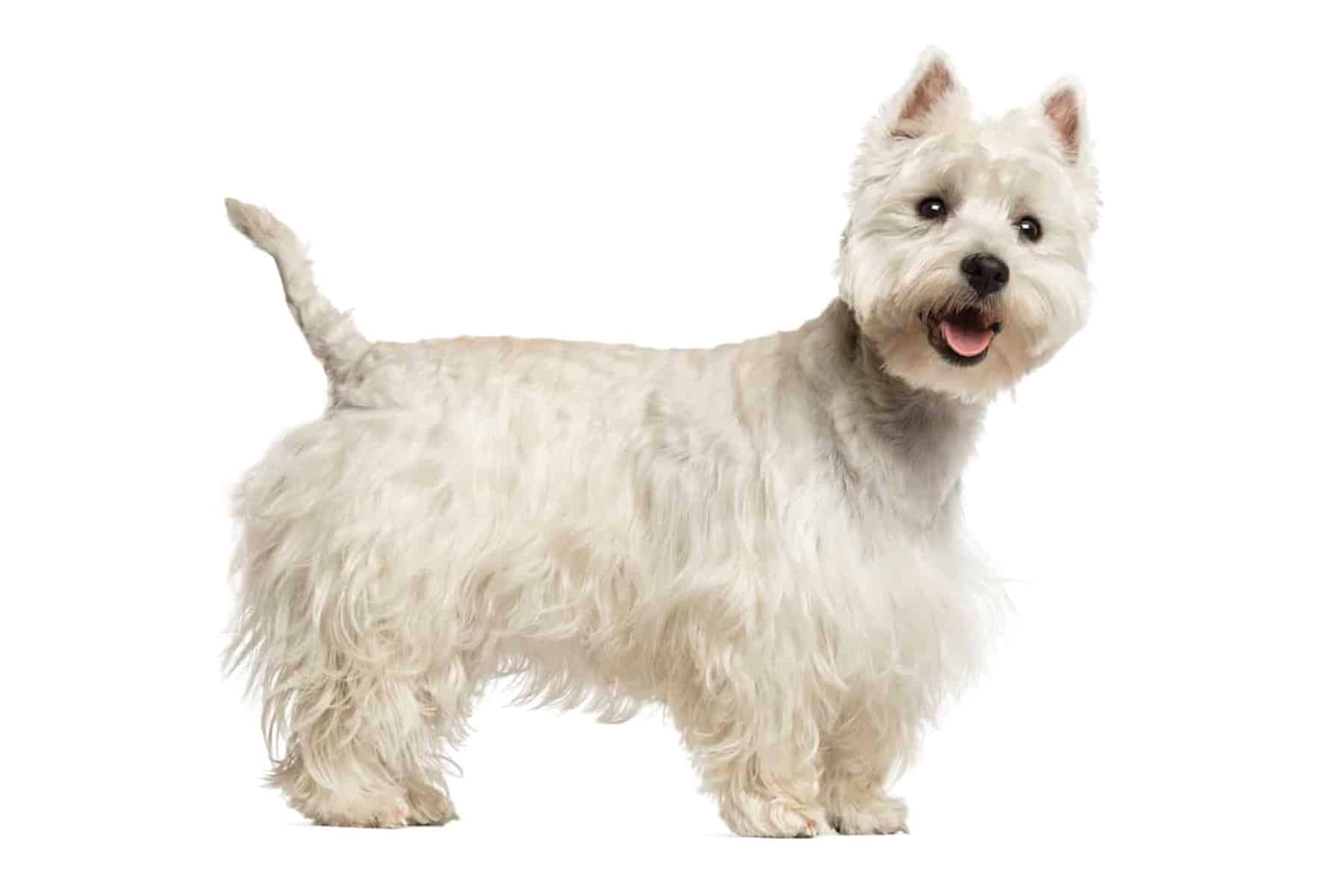Australian Silky Terrier
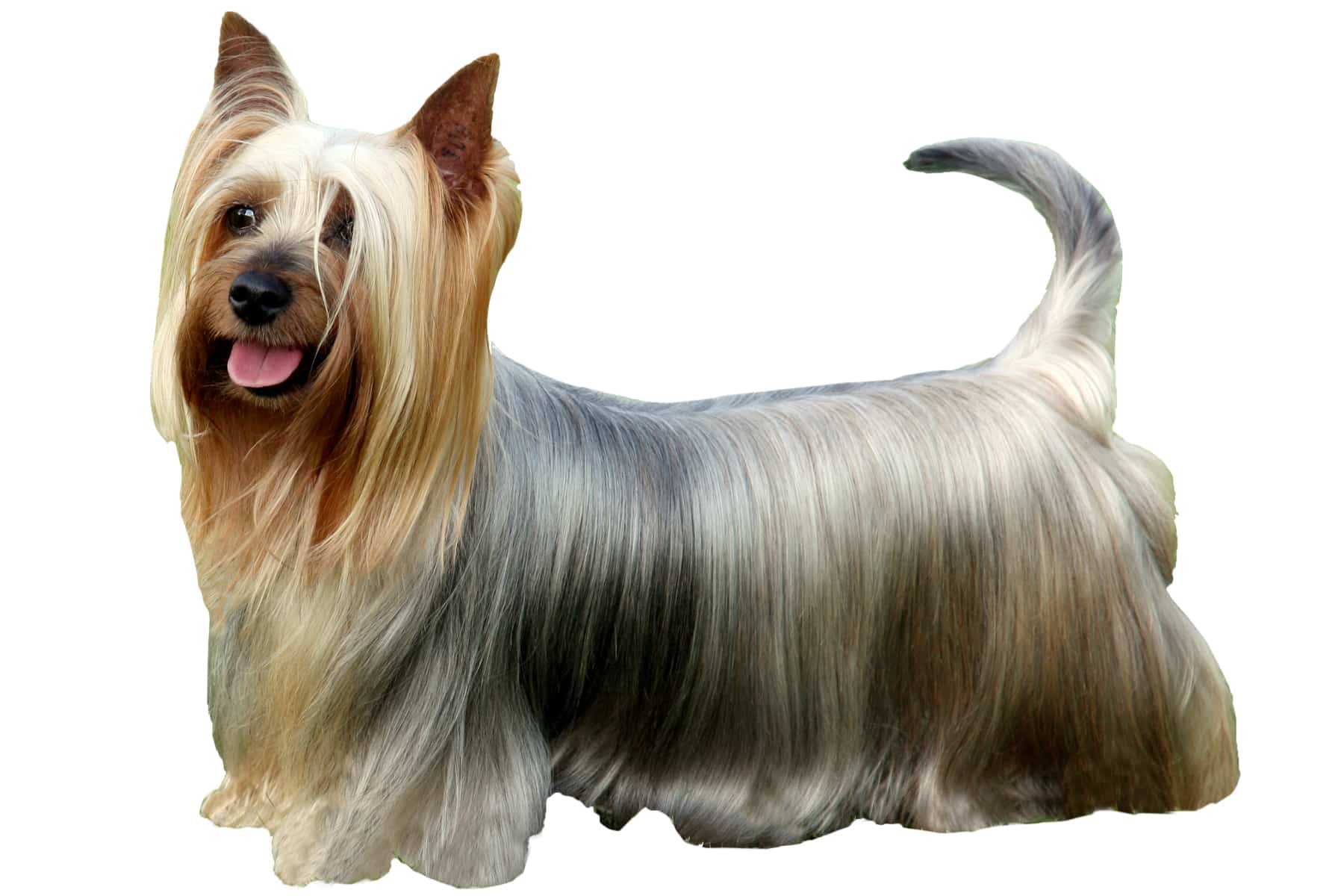
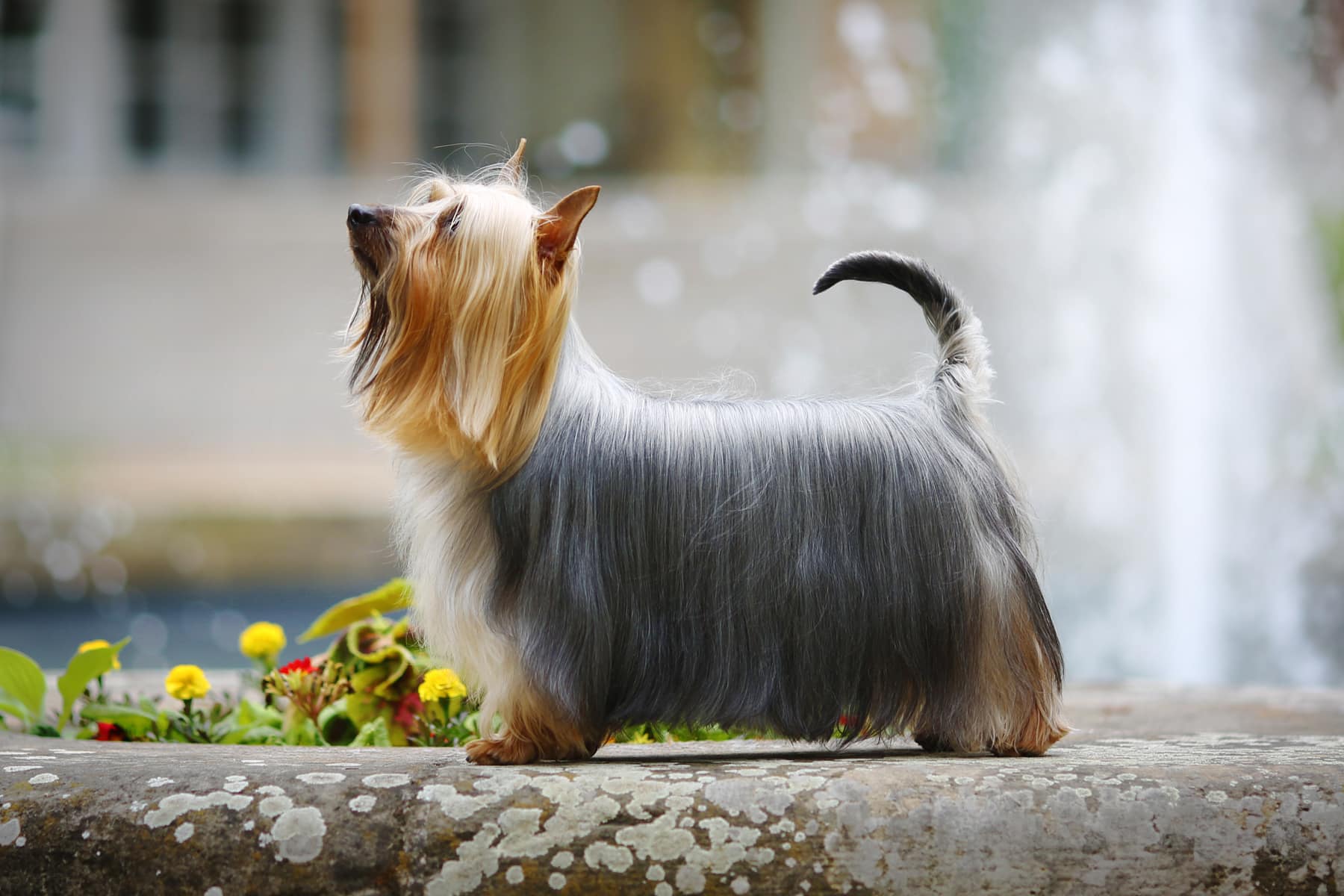

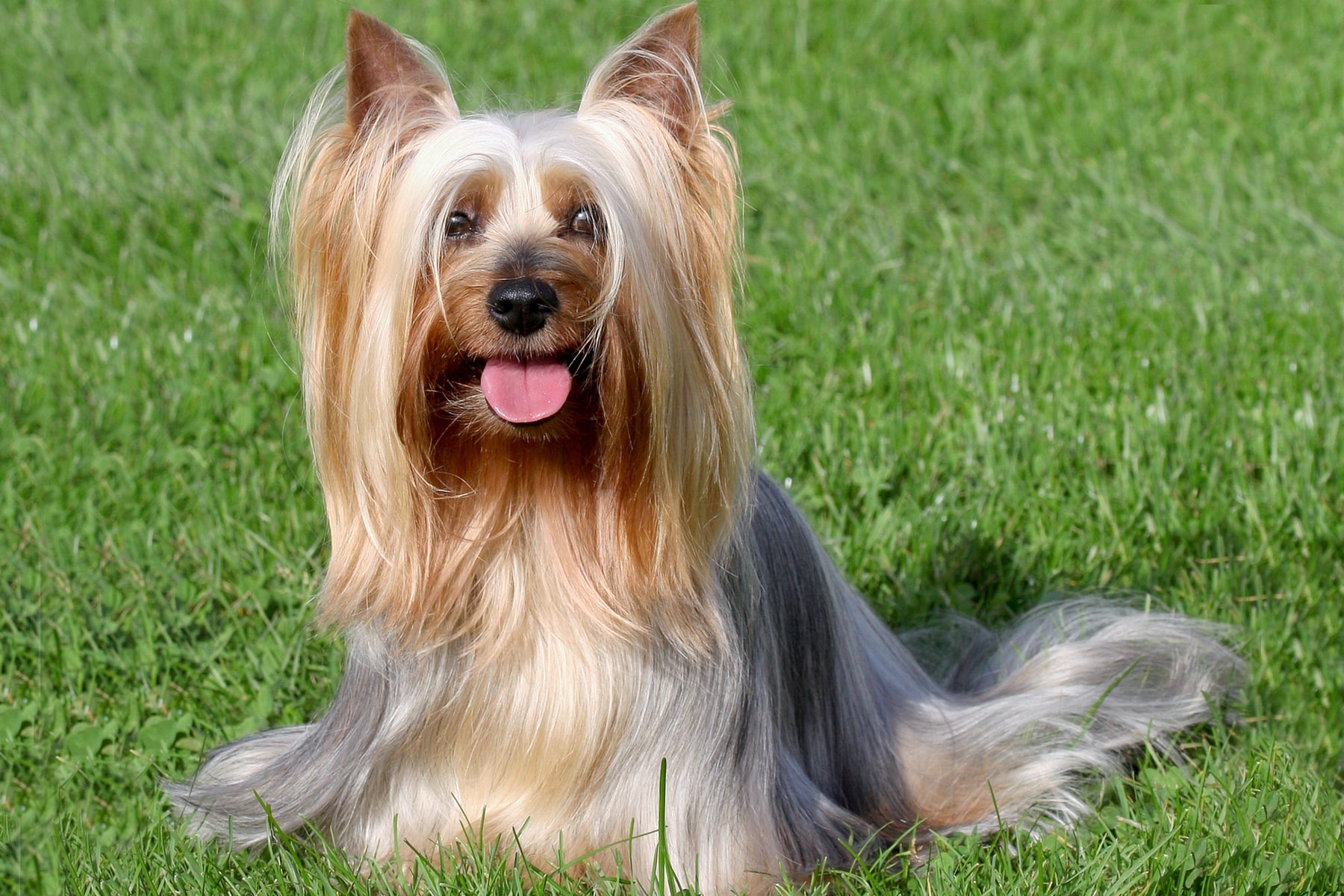
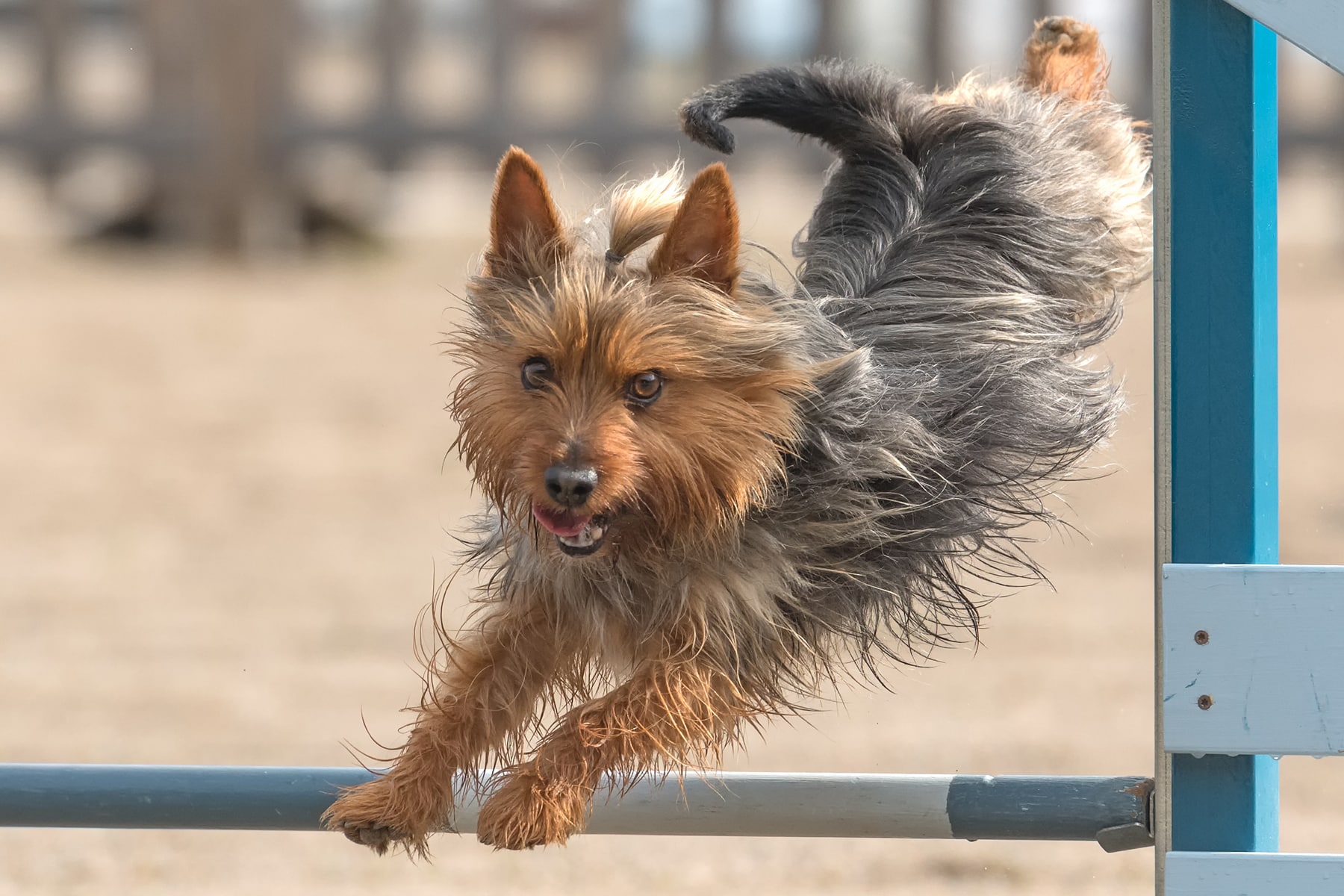
Temperament:
The Australian Silky Terrier looks classy with its silky coat, but is not a typical lap dog. This cheerful four-legged friend is considered a hunter and needs plenty of exercise. It is a loyal companion in everyday life and is energetic and self-confident when in danger.
Characteristics
The Australian Silky Terrier is a lively and energetic dog. It is very similar to the Yorkshire Terrier, but is considered a breed in its own right. The FCI has officially recognized the Australian Silky Terrier. It is assigned to Group 3 "Terriers", Section 4 "Miniature Terriers".
With a shoulder height of up to 26 cm, the Australian Silky Terrier is one of the smaller dog breeds. Its slender build gives it an elegant and graceful appearance. Nevertheless, the four-legged friend is robust enough to go hunting. With its small dark eyes and V-shaped ears, it can see and hear very well.
Despite its short legs, the Australian Silky Terrier is fast on the move. It has a great urge to move and a lot of stamina. This lively four-legged friend loves to play. It also needs meaningful activity due to its high intelligence.
The Australian Silky Terrier prefers to be with its caregivers. He is considered loyal, affectionate and cuddly, but is also very alert and will bark at strangers if necessary.
The silky coat of the Australian Silky Terrier is long, smooth and shiny. The color of the fine coat is usually a mixture of gray-blue and tan with tufts of white hair.
Coat care:
Shedding:
Energy level:
Trainability:
Children suitable:
The right food
The Australian Silky Terrier is a relatively uncomplicated eater. You can give him high-quality ready-made food or prepare a mixture of meat, vegetables and rice.
As the Australian Silky Terrier is very small, there are a few rules to follow when feeding it. Large portions can quickly overwhelm the dog's small stomach. You should offer your pet small portions. Only an optimal composition of food will provide him with all the necessary nutrients.
To avoid obesity, you should adjust the amount of food to your dog's activity level. You should be sparing with treats. Instead, reward your little four-legged friend with attention and cuddles. Plenty of fresh water is important to keep your dog fit.
Health & Care
To keep your Australian Silky Terrier happy and balanced, it needs plenty of exercise in the fresh air. This little dog doesn't need a big house with a garden. He will also feel at home in a city apartment if you take him for regular walks.
You should plan at least one hour for the walks. You can use a ball to provide variety and encourage your dog's activity.
Even though the Australian Silky Terrier can sometimes be stubborn, he learns quickly. With the right mix of attention, patience and consistency, you can steer his behavior in the right direction.
Your dog's long coat should be brushed daily to keep it shiny and prevent it from matting. If the coat gets too long, a visit to the groomer is recommended.
Regular vaccinations at the vet are important for your dog's health.
Suitable accessories
The basic equipment for your Australian Silky Terrier includes a dog bed and bowls for food and water. As the dog likes to lie on the sofa, a soft dog blanket is an advantage. You should also get a sturdy dog lead and a suitable dog harness.
As the Australian Silky Terrier loves to play, a suitable dog toy is a must. To protect your pet from the rain and cold in bad weather, a dog coat is a good idea.
A sturdy dog brush is necessary for grooming. You should also buy a mild dog shampoo so that you can bathe your dog if necessary.
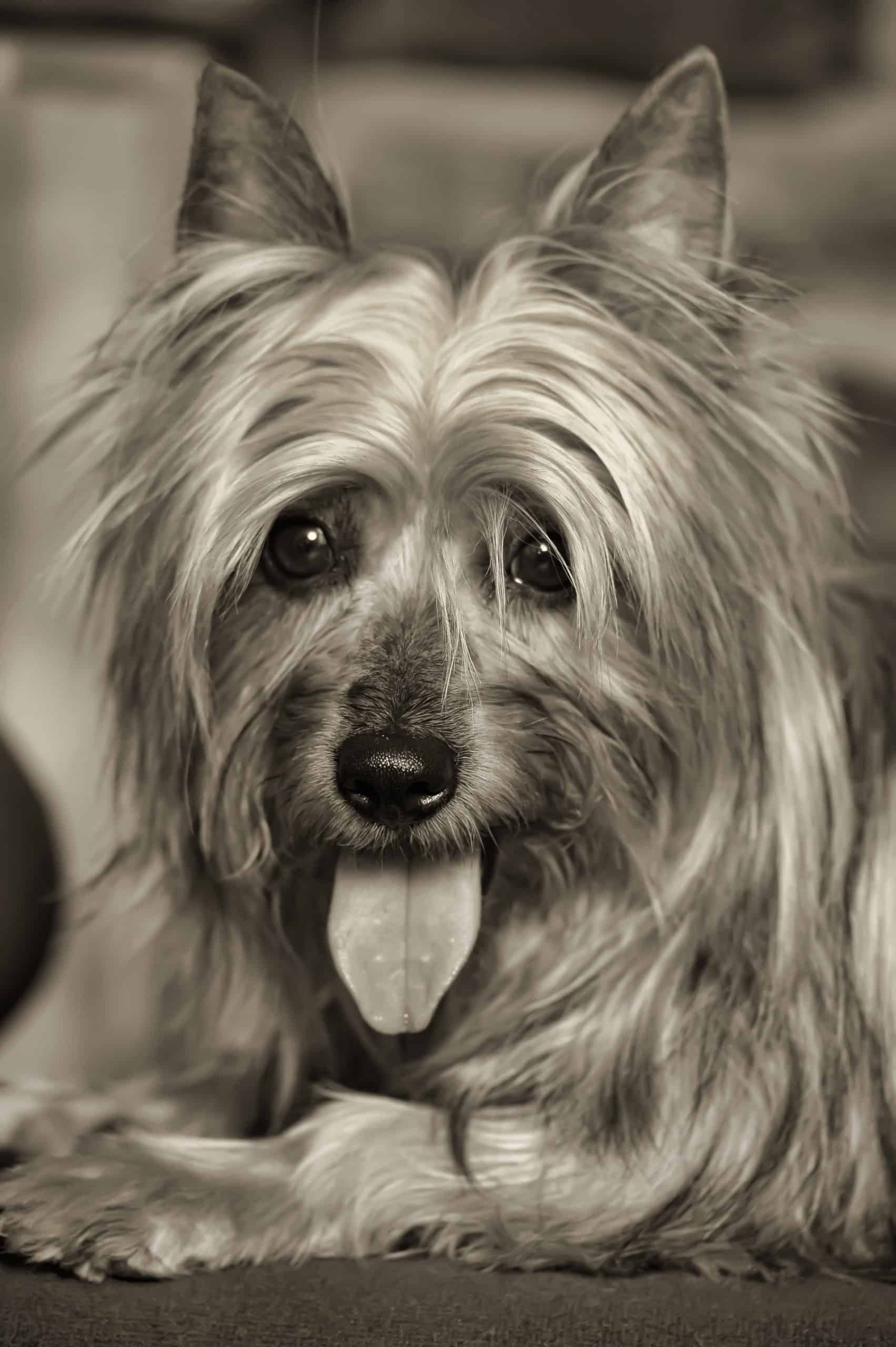
Origin & History
The Australian Silky Terrier originally comes from Australia. Various terrier breeds were crossed with each other as early as the 19th century. In England, steel blue dogs were bred with Dandie Dinmont Terriers to create a breed with a silky-soft coat.
The Englishman McArthur Little was enthusiastic about terriers. He emigrated to Australia with a litter of puppies to improve the breeding of the breed there. After a few years, a small dog with a silky coat had emerged that combined all the positive characteristics of various terrier breeds.
The dogs enjoyed great popularity and quickly spread across the entire continent. The breed has been officially recognized under the name Australian Silky Terrier since 1959. Although the dogs were primarily bred for pleasure, they were often used as hunting and guard dogs in Australia. In particular, the terriers' ability to effectively hunt small animals such as rats and snakes was utilized.
The spread of the Australian Silky Terrier in Europe and the USA was slow. The breed is therefore rarely found in Germany.
